Laura Gale (pictured) and Amy Fiore spoke about the principles necessary to guide artistic organizations during their A.R.T. NYC Fall Forum session titled “Strategic Planning Done Right: A Guide To Creating Real Change.”
Change is inevitable, and in today's dynamic and ever-evolving world, it's a phenomenon that organizations must not only accept but embrace. The good news for artistic communities is that the creative energy that powers our work is the same that can be harnessed to find nuanced ways to shift and change course as needed. Some artists worry that planning can be too structured and might seem like it's taking away their creative freedom (myself included!). But without a well-thought-out plan that combines artistic and business strategies, it's challenging for any organization to maintain a high level of artistry. Building organizational muscle that is primed for change and embraces it instead of fearing it can make the difference between success and stagnation.
A group of us from Flying Leap spent time with this concept during one of the sessions offered during the first fall forum hosted by A.R.T./ New York (Alliance of Resident Theatres/New York), a nonprofit organization that has supported the city’s nonprofit theaters since 1972. The two-day forum aimed to foster community, collaboration, and resource sharing, featuring panel discussions, workshops, mixers, and roundtable conversations for collective learning and problem-solving. Attendees celebrated their shared values, emphasizing the resilience and unity of the arts community.
We encountered a community of artists and leaders who demonstrated resilience and unity in the face of challenges. One particular session, "Strategic Planning Done Right: A Guide To Creating Real Change," guided us through the intricacies of effective planning and change management. Amy Fiore, a strategic planning and fundraising consultant, and Laura Gale, a leadership development consultant and change management strategist, came together to share their decades of experience maneuvering around the intricacies of planning and change management with a focus on the beliefs and behaviors that are vital for organizational leaders.
The session left us with valuable takeaways:
Ask Yourself “Why?”: Differentiating Mission from Strategy
Why do you need a strategic plan? Sometimes, people confuse mission statements with strategic plans. While having a mission is crucial—it's like your organization's guiding star—a strategic plan outlines the specific steps you'll take to reach that mission. Think of it as a roadmap. How will you achieve your goals? Crafting a mission takes time and is a long-term endeavor, but a strategic plan breaks it down into manageable steps. It includes success metrics to ensure you're on the right track and communicates the work needed to fulfill your mission.
Listen, No Really: Embracing Diverse Perspectives
When you claim to be listening, consider who you're actually listening to. Are you only hearing from those you already trust? Engage with a diverse range of voices, including different parts of your organization, your audience, and those who may not typically have a say. They may have insights into different workflows, processes that will be impacted by the work being proposed. Remember, we can't be aware of what we don't know.
Imagination and Agility Go Hand in Hand: Navigating Fear and Cultivating Growth
For an organization to successfully adapt and change course, it must have a clear understanding of its purpose. This understanding is the antidote to fear, which can lead to rigidity within an organization. An organization that fears adversity cannot grow. Identifying challenges and openly discussing the fear that may arise when exploring new directions is essential for growth. When planning for adaptation, prioritize agility in everything you do.
Plan to Plan: Setting Ambitious and Inclusive Goals
Part of clearly naming goals is ensuring that you have the capacity to do “the thing.” Part of setting clear goals is ensuring you have the capacity to achieve them. When creating SMART goals (specific, measurable, attainable, relevant, and timely), consider adding a few more letters to the acronym: "SMART-IEE" (inclusive, equitable, and EXCITING). Prioritizing needs will increase your ability to achieve ambitious goals. Apply these principles as you move forward.
The journey of change management and strategic planning is one that every artistic community and organization must undertake in today's ever-evolving world. Embracing change isn't about stifling creativity but rather harnessing the creative energy that drives us to explore nuanced paths forward. It's understandable that some artists may fear that planning imposes constraints on their creative freedom, but the reality is that a well-crafted plan, merging artistic vision with sound business strategies, can elevate artistic endeavors to new heights.
Written by: Carla Zanoni

